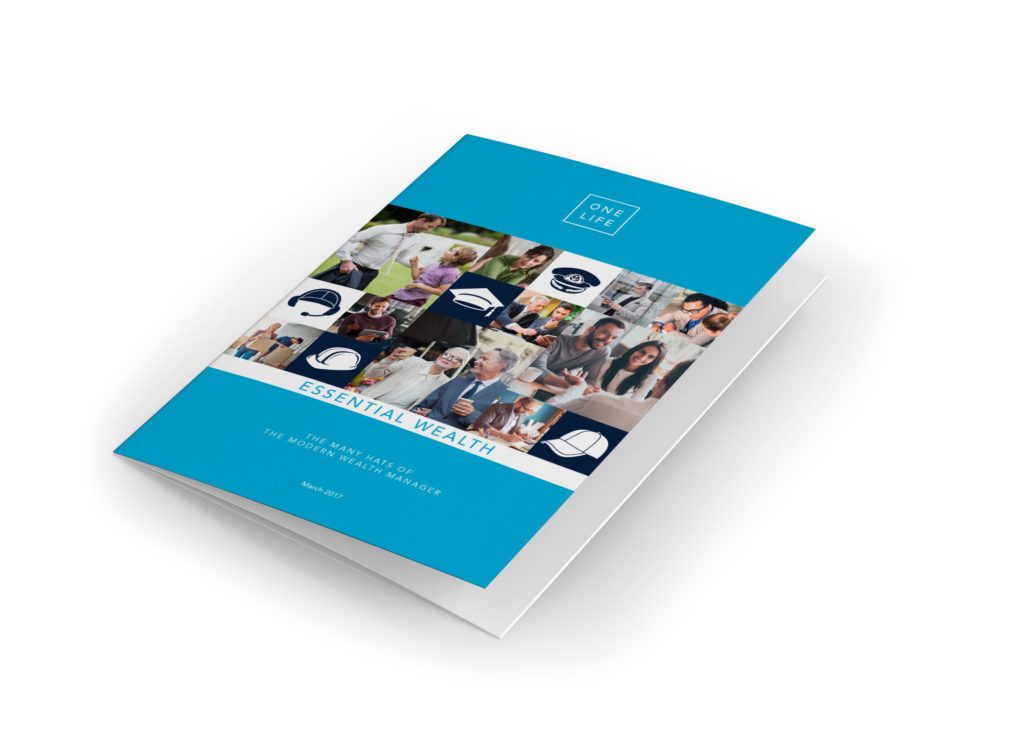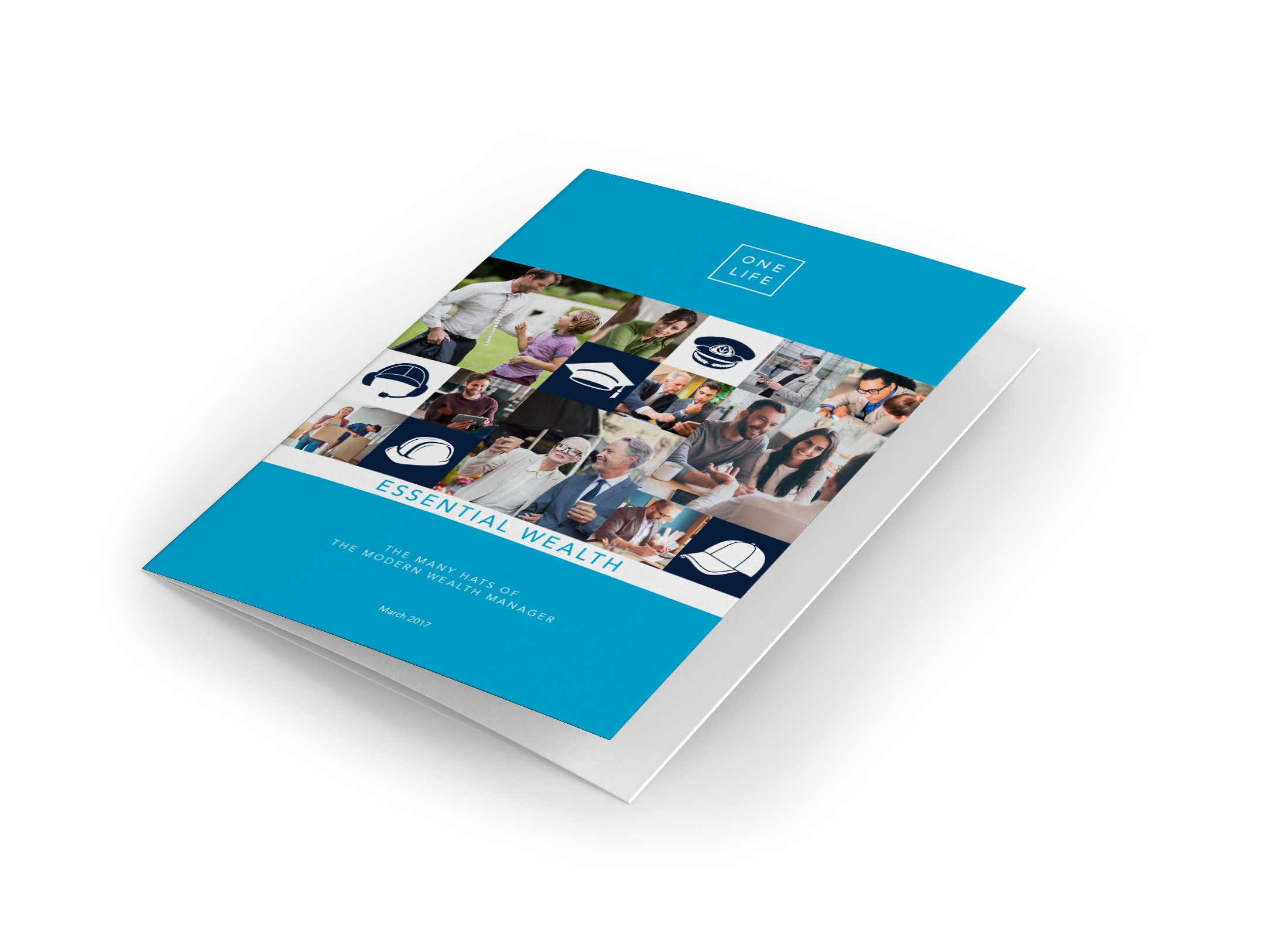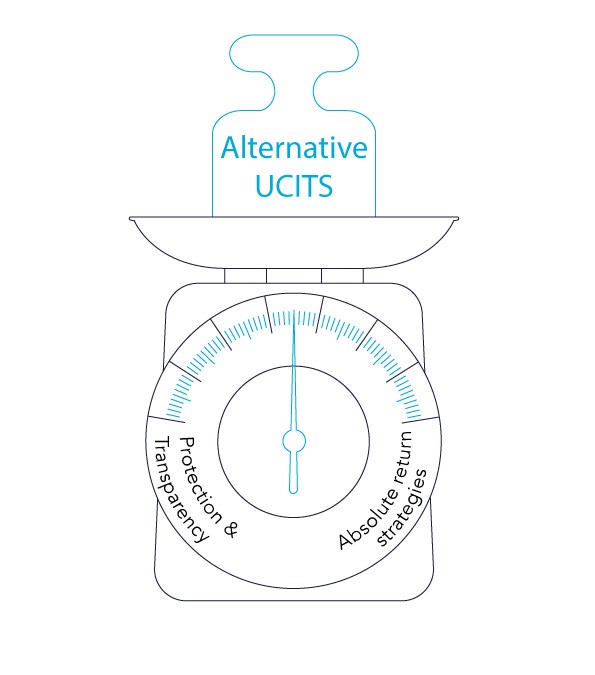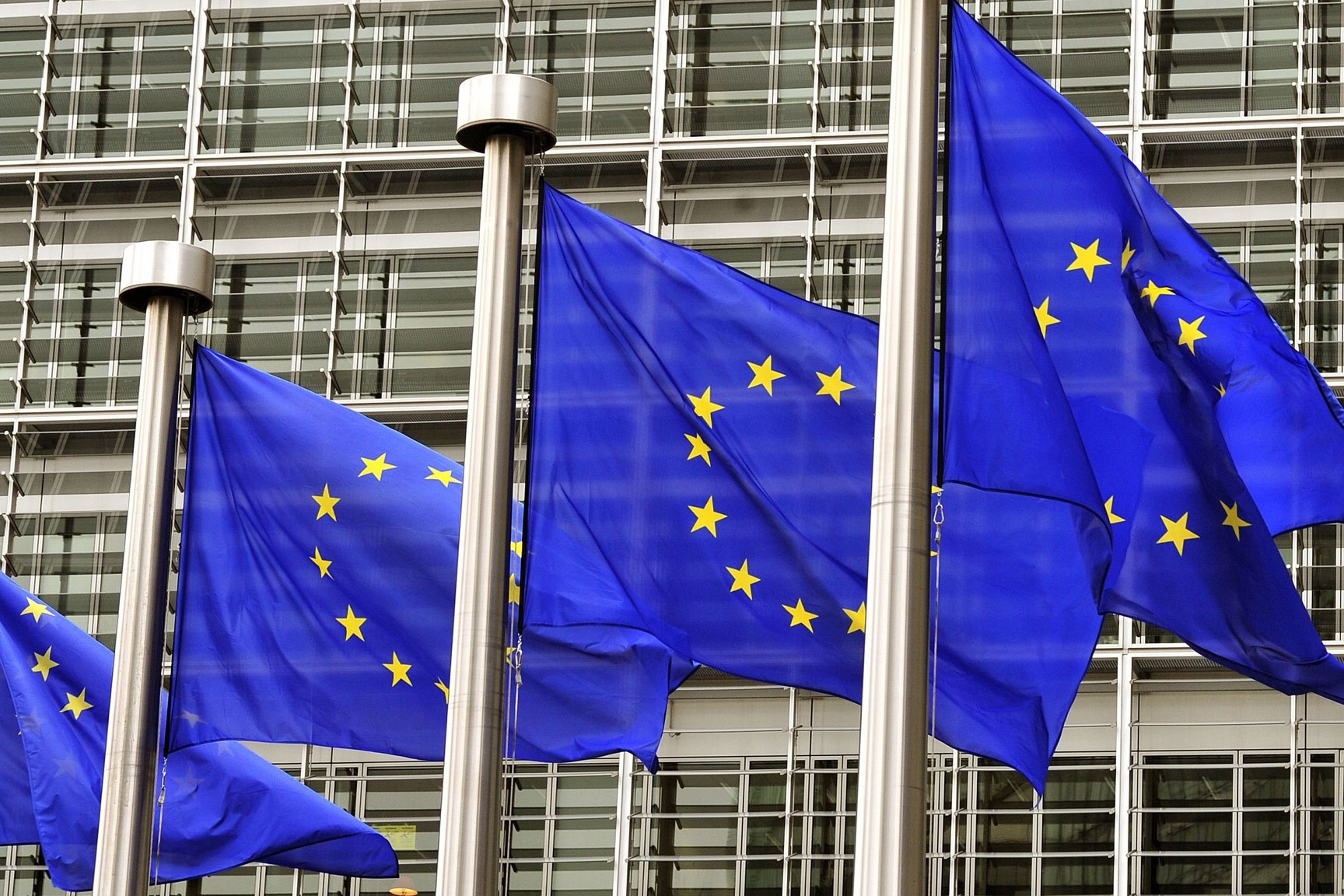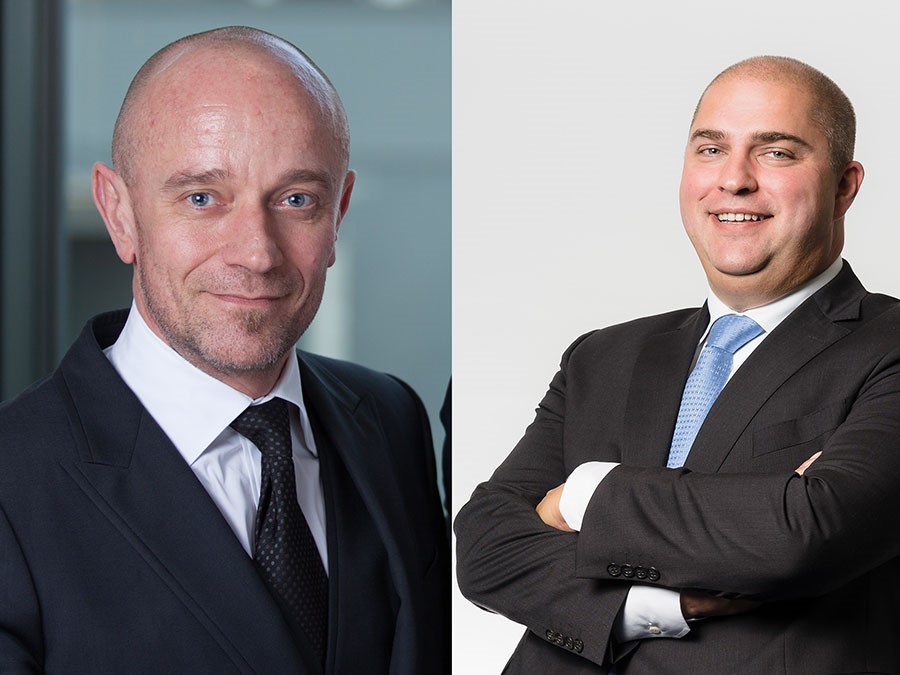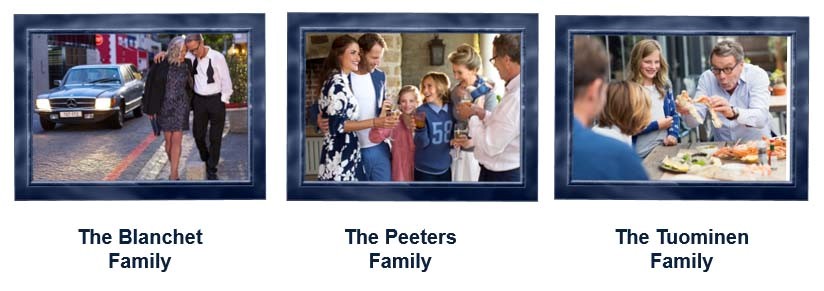The attraction of Portugal as a tourist destination is well known – its magnificent landscapes, cultural heritage and gastronomic delights have made the country a popular choice for holidaymakers for many years.
Hard hit by the European sovereign debt crisis, Portugal suffered a substantial economic downturn in 2011, resulting in a wave of austerity measures to restore the country’s financial stability. The country’s inhabitants were faced with high unemployment, a significant drop in income and increased healthcare costs.
In response to these problems, Portugal has succeeded in stabilising its finances, and growth has returned, although it’s still too early to talk about a genuine recovery of the country’s economy.
A holiday destination with a 10-year residence option
The Portuguese government has strengthened its tourism industry, reflected by the tertiary sector employing almost 65% of the working population. Furthermore, it has introduced fiscal measures to attract new residents, particularly retirees, including tax breaks on their pensions and offshore investments.
This attractive regime, combined with affordable property prices and a relatively low cost of living, has lured many European retirees to settle in Portugal and benefit from the Non-Habitual Resident status. They may continue to enjoy this status for 10 years.
To boost investment in the country, the government has also introduced a residence permit allocation scheme involving so-called ‘golden visas”, which are available to non-EU citizens that invest in property, create jobs or transfer part of their assets to Portugal.
An attractive jurisdiction for life assurance
Among the many asset management tools available to investors, life assurance offers various advantages, including an attractive fiscal regime thanks to the exemption from tax of capital gains earned on the financial assets underlying the contract. Owners of life assurance contracts can therefore manage the underlying funds without worrying about the tax impact of their transactions. Only in the event of withdrawals may taxation apply.
This is because withdrawals are subject to the ‘First In, First Out’ principle, whereby capital is redeemed first and any capital gains taken into account only afterwards. At this point gains are taxed on a flat-rate basis or according to a sliding scale depending on the system chosen by the taxpayer.
Another advantage of life assurance contracts from an income tax perspective is a tax reduction depending on the length of time the contract has been held. This reduction may be as high as 60% for term contracts, that last longer than 8 years.
These advantages are NOT offered by traditional investment portfolios, even for Non-Habitual Residents, who at most can obtain an exemption on interest and dividends if permitted by the double taxation avoidance treaty between Portugal and the country where the assets are located, e.g. in Luxembourg.
With regard to inheritance rights, all amounts invested in life assurance contracts are completely tax-free when the contract reaches maturity or when it is terminated by death of the insured person. They are also exempt from stamp duty on inheritances and legacies bequeathed to heirs other than the spouse, descendants and ascendants of the deceased.
The OneLife strategy with its new Wealth Portugal solution
With Portugal being a favoured location for many foreign nationals looking to relocate, notably – but not only – Brazilians, OneLife sees the importance and potential of the Portuguese market and has included it in its European development strategy.
In terms of financial diversification, the new Wealth Portugal solution allows policyholders to invest in a range of external funds, distributed by fund companies of international reputation, as well as in internal funds. The internal funds may be collective funds available to all OneLife policyholders or dedicated funds tailored to match the policyholder’s investor profile.
External and internal collective funds with daily valuation may also be accompanied by automatic investment options such as the “Stop Loss”, “Save Gains” or “Drip Feeding” mechanisms, giving policyholders tools to react swiftly to market developments. These investment options may be activated or deactivated at any time during the lifetime of the contract.
Depending on the policyholders’ investment strategy, they may consider a dedicated fund with discretionary management entrusted to an investment manager of their choice or should policyholders be interested in selecting the investments themselves with a view to a long-term holding, there is the option to invest in a specialised insurance fund.
The flexibility of Wealth Portugal makes it possible to include any of the fund types mentioned above at the same time and even to hold several in the same category, provided that the investment limits imposed by the Luxembourg Commissariat aux Assurances are respected.
Policyholders of a Wealth Portugal contract have the option to select an additional death cover. If there are two or more insured persons, a choice of first or last death basis is also available. Furthermore, the product allows policyholders to designate the beneficiaries that best suit their needs. In addition to this, there is the added benefit of a succession planning mechanism. The contractual rights may be passed on to the surviving Policyholder(s) or to any other third party designated by the Policyholder(s), where a policyholder dies before the insured person.
 Valérie Vaes, Senior Wealth Planner
Valérie Vaes, Senior Wealth Planner
 Andre Piovezan, Regional Sales Director
Andre Piovezan, Regional Sales Director
>>> For more information on our new Wealth Portugal solution, please contact our specialist Andre Piovezan at: andre.piovezan@onelife.com
>>> This article is part of the November 2016 edition of our monthly newsletter Life Insights. Click here to subscribe.
